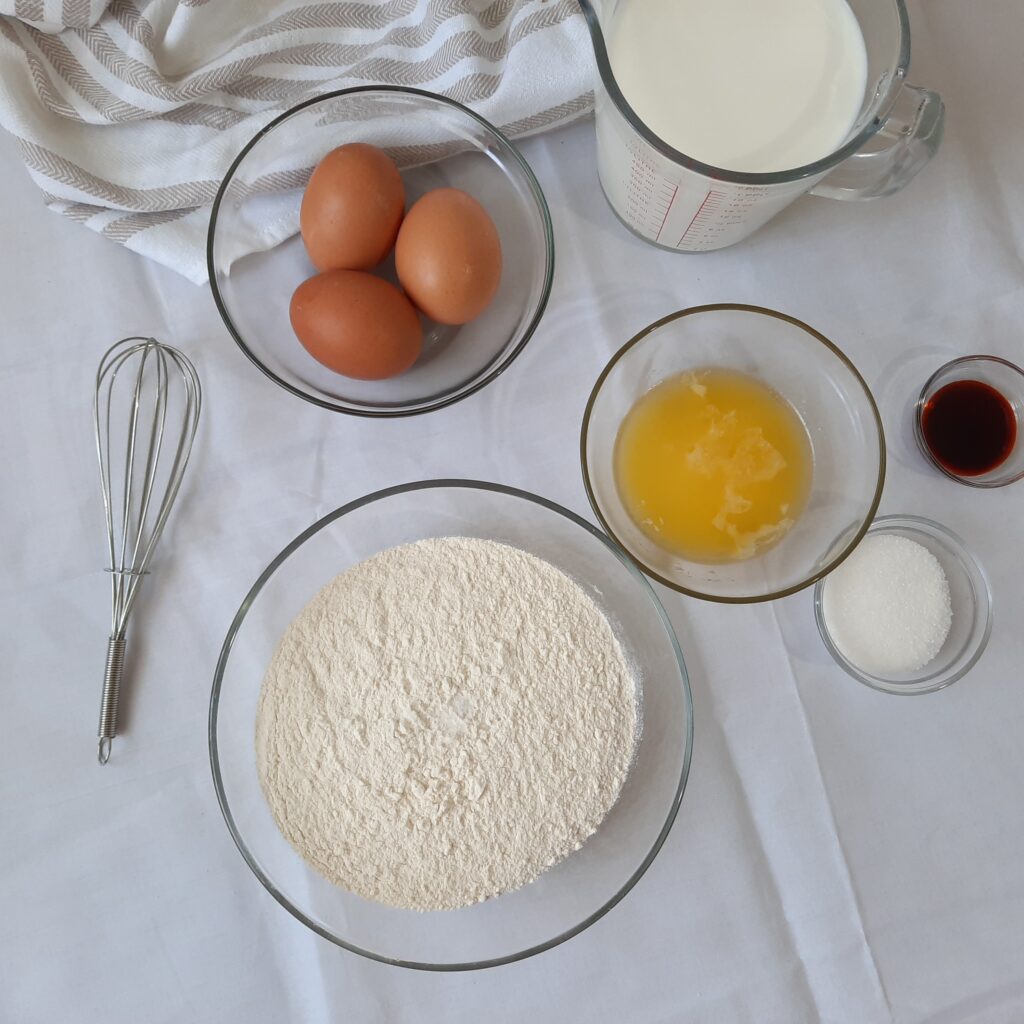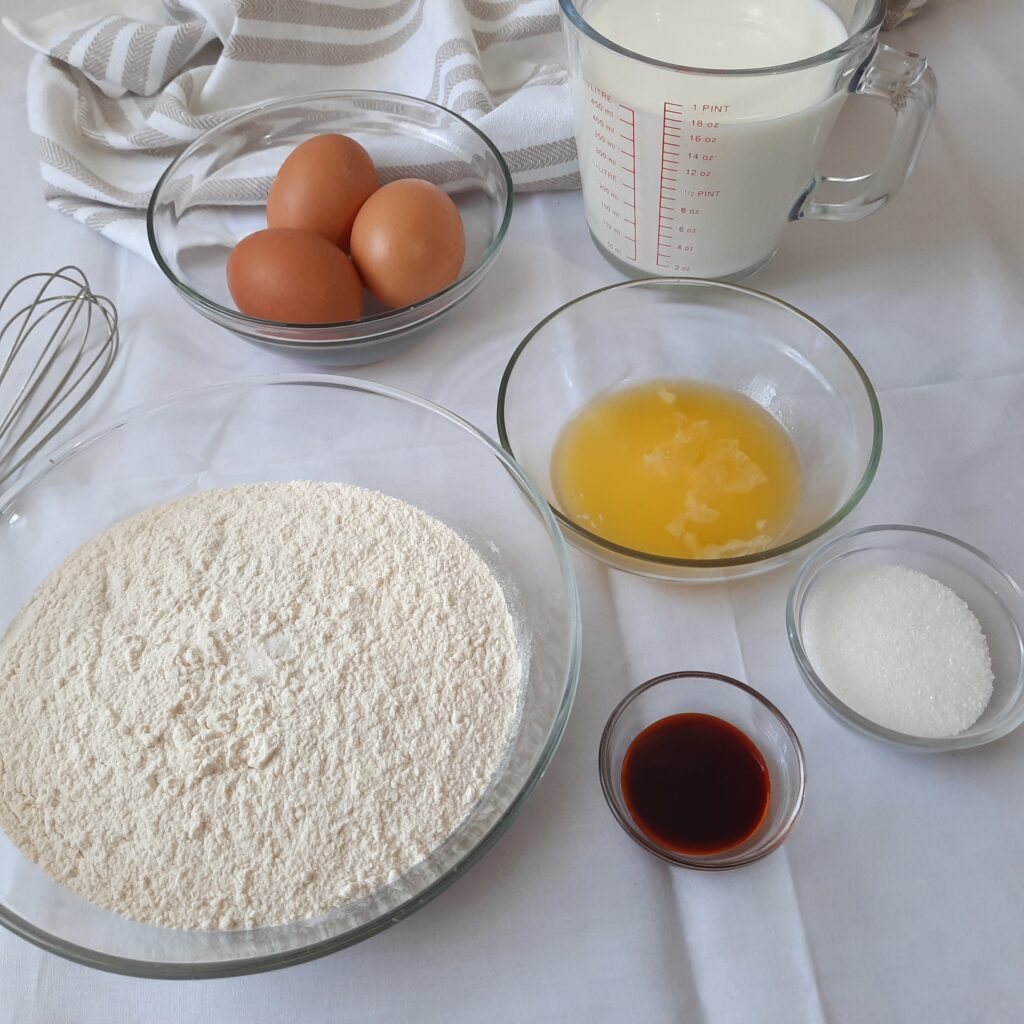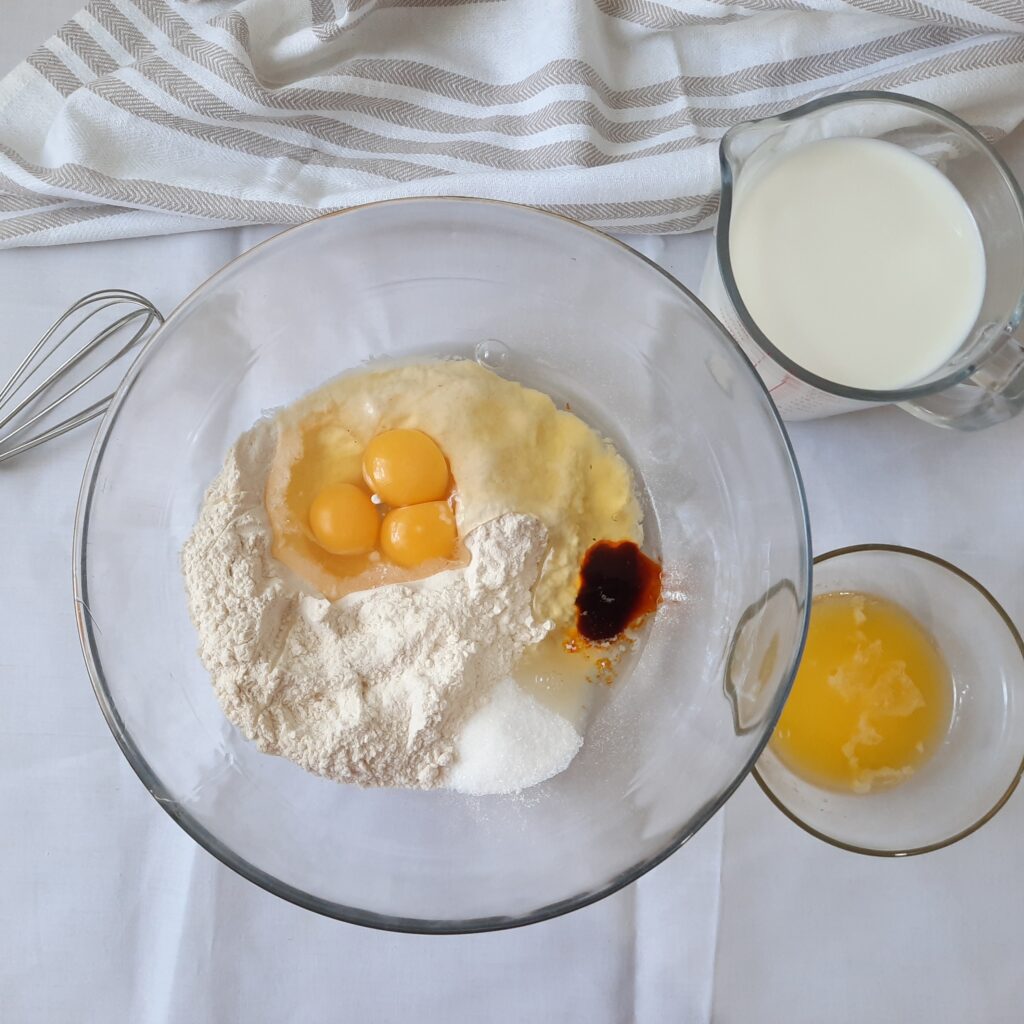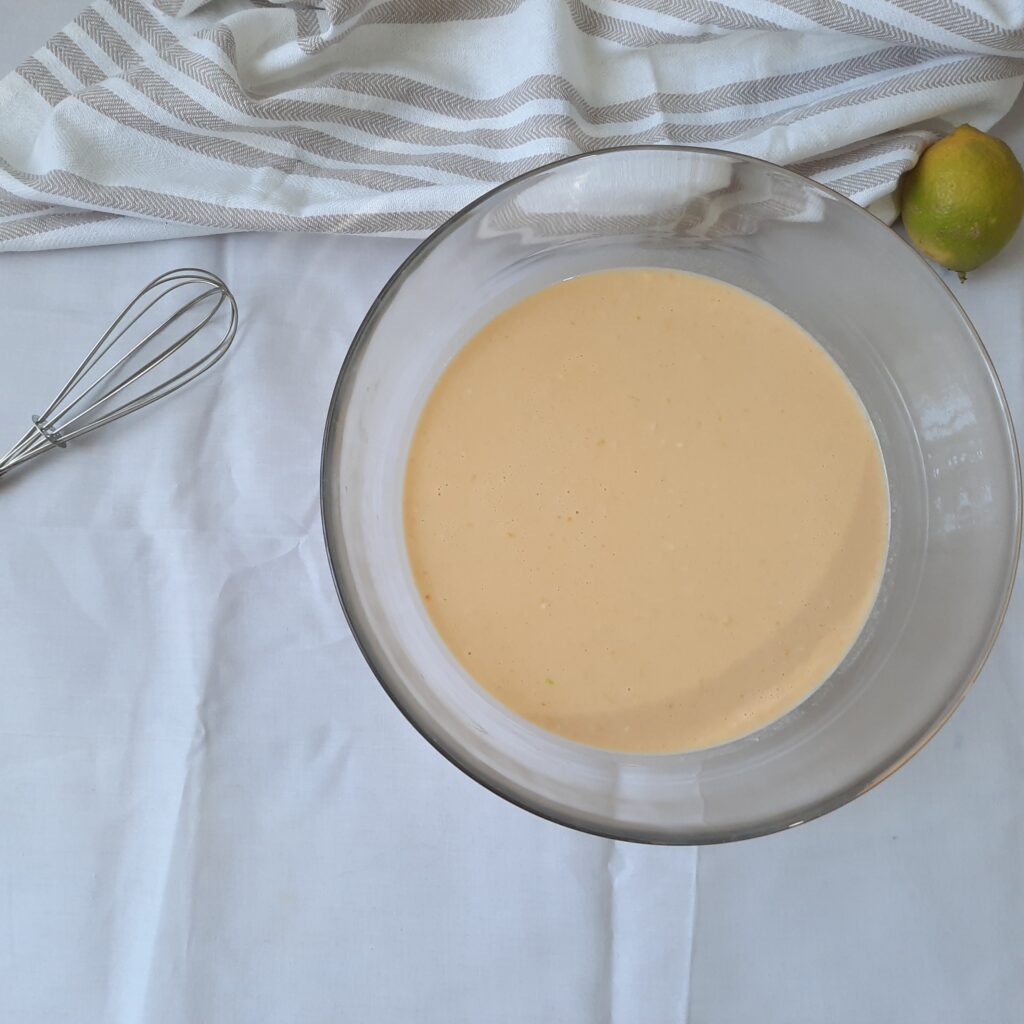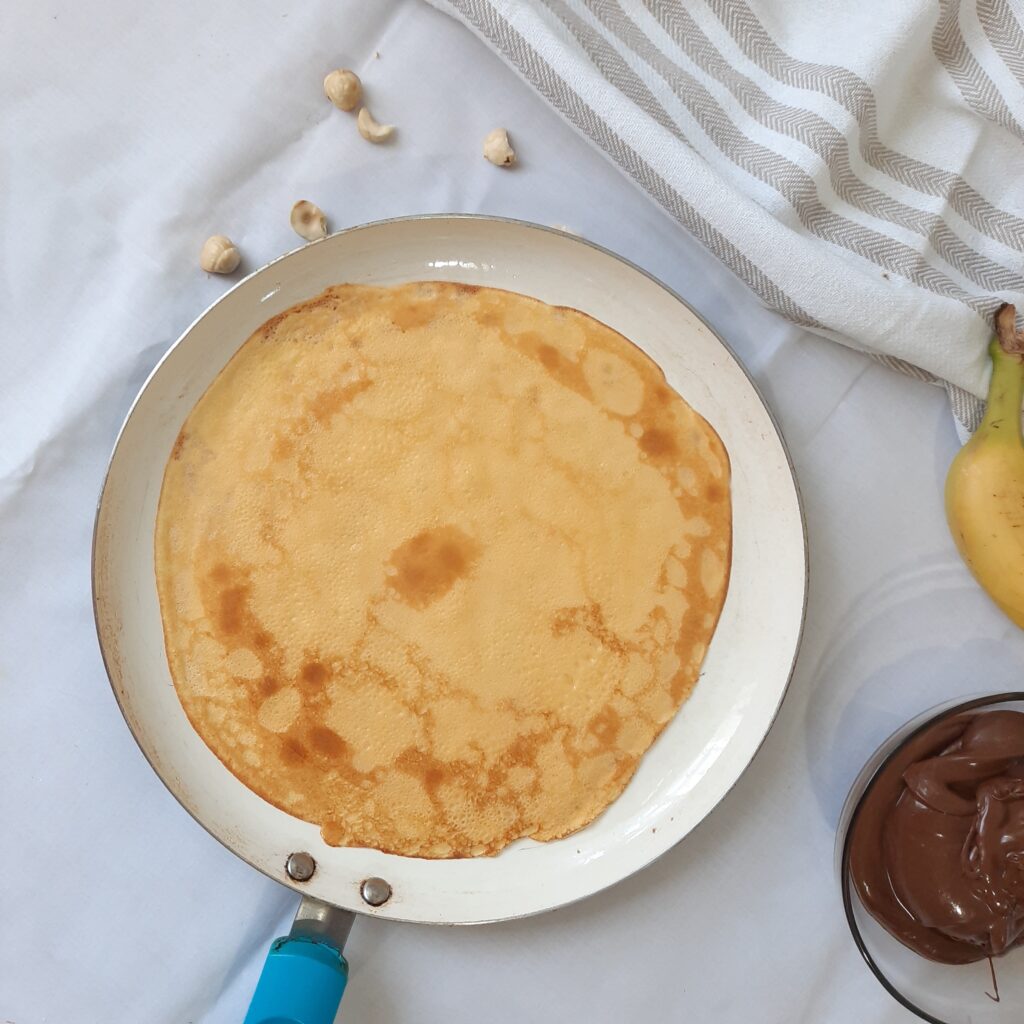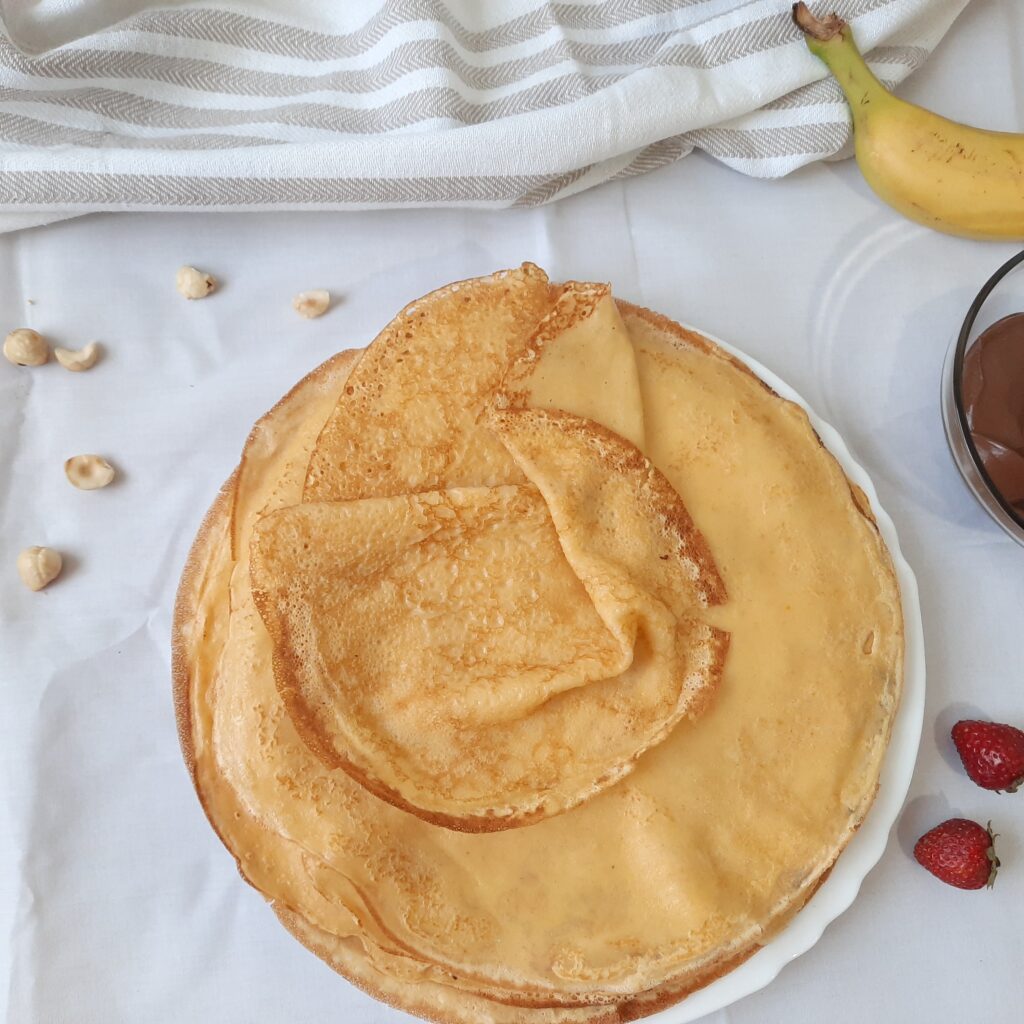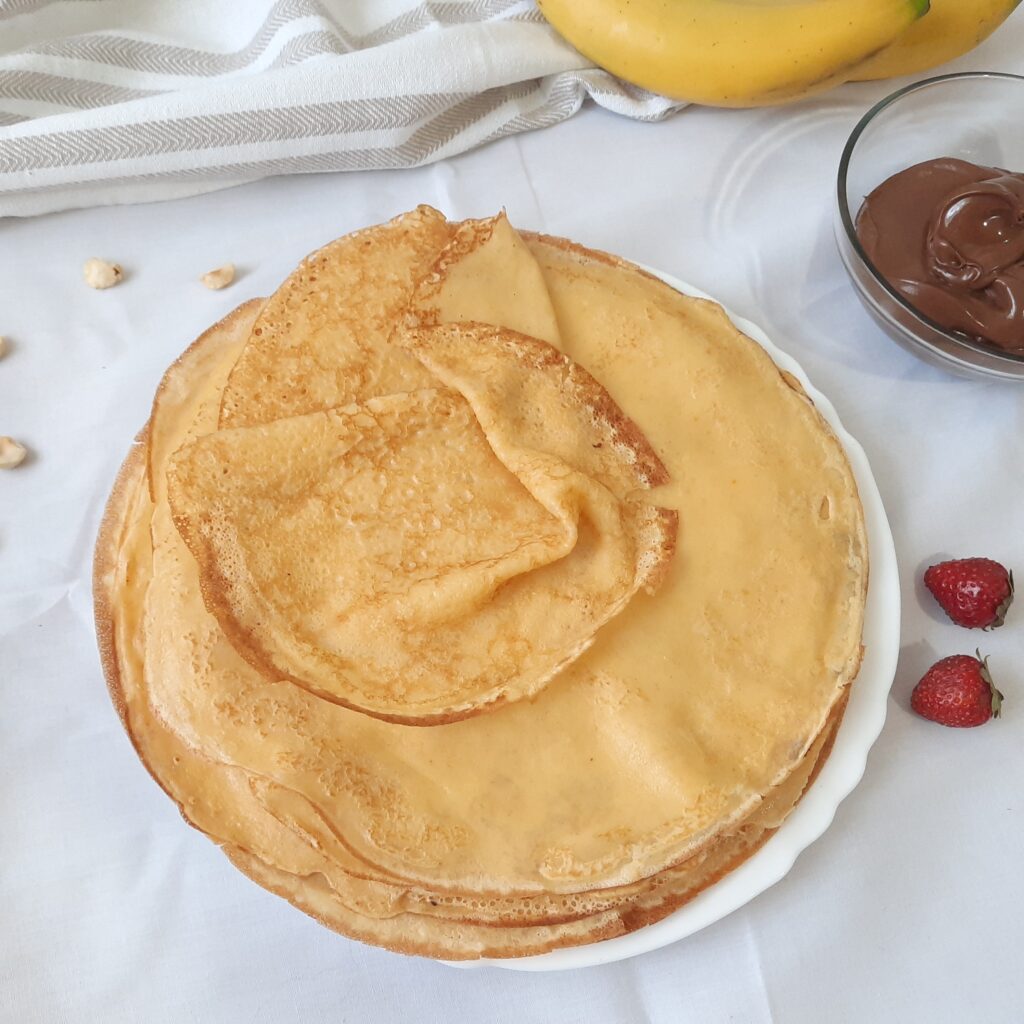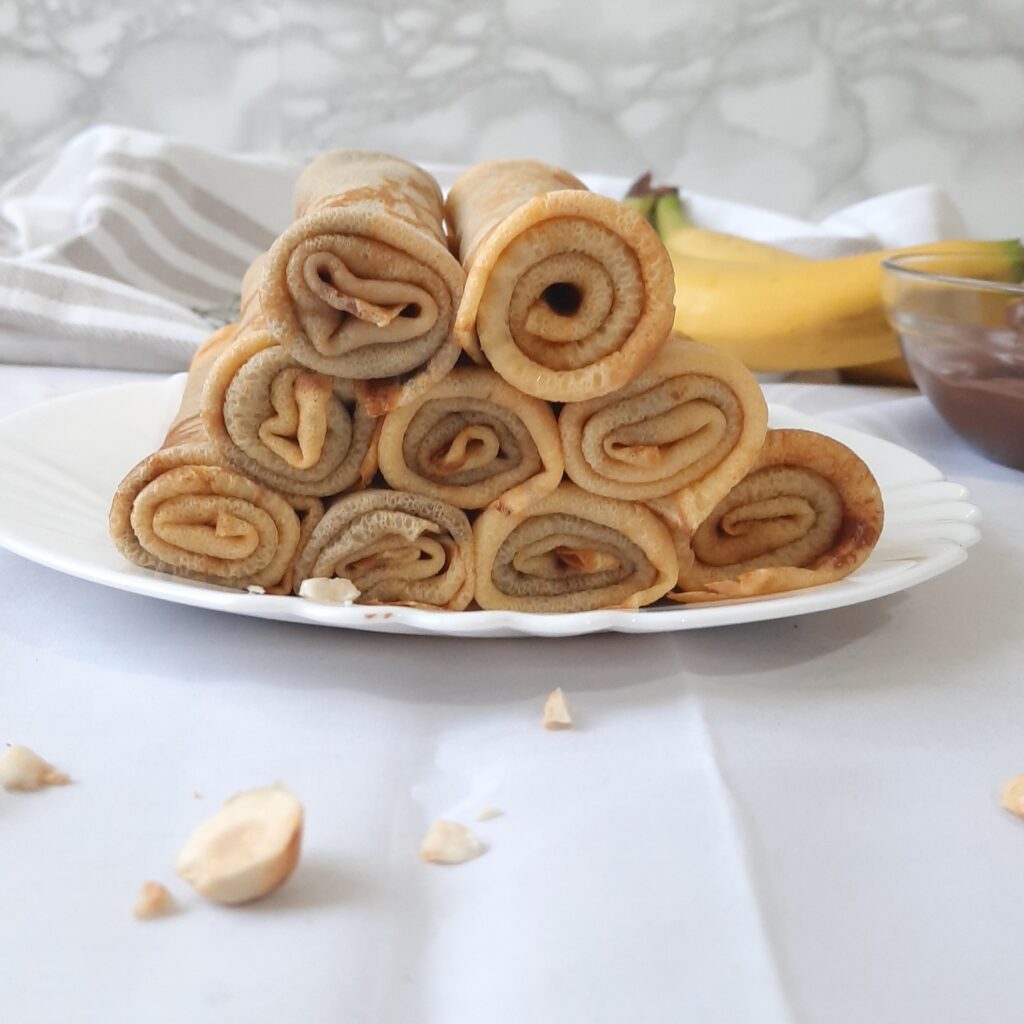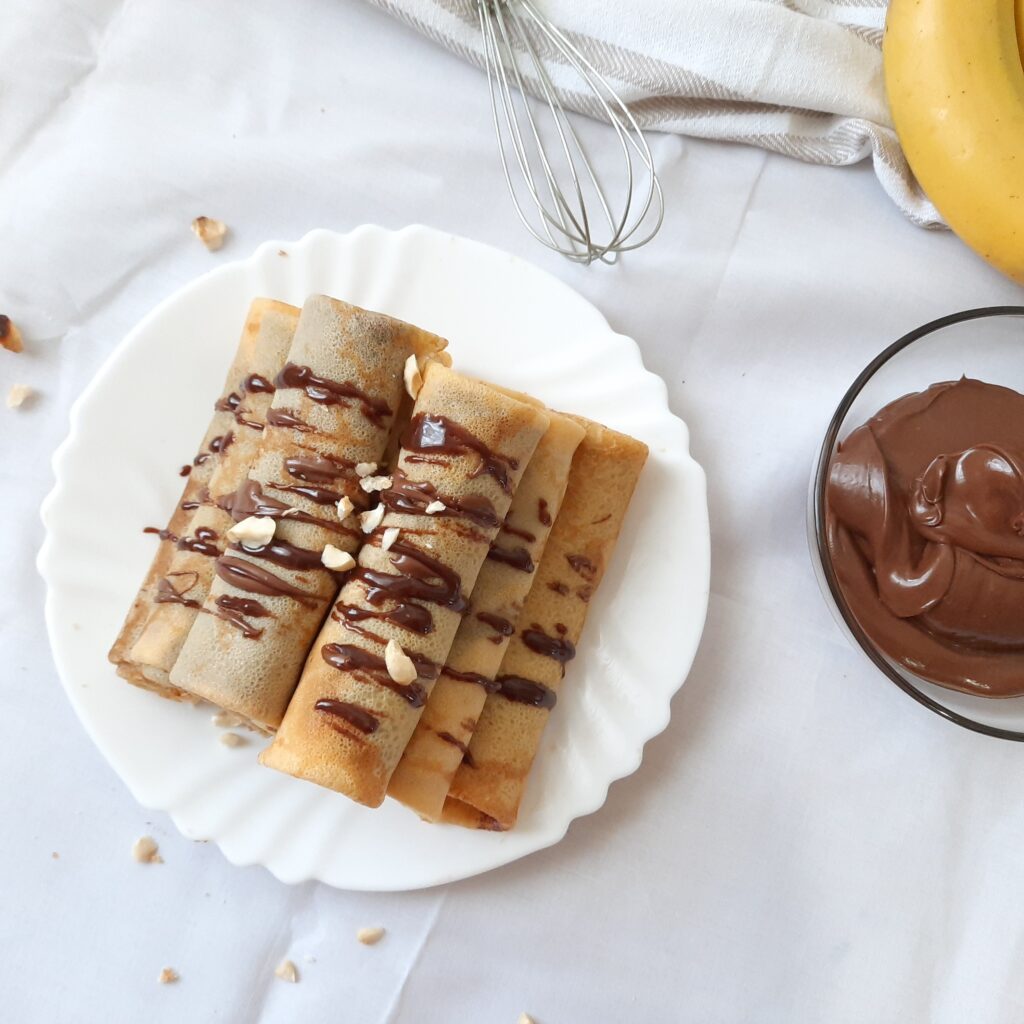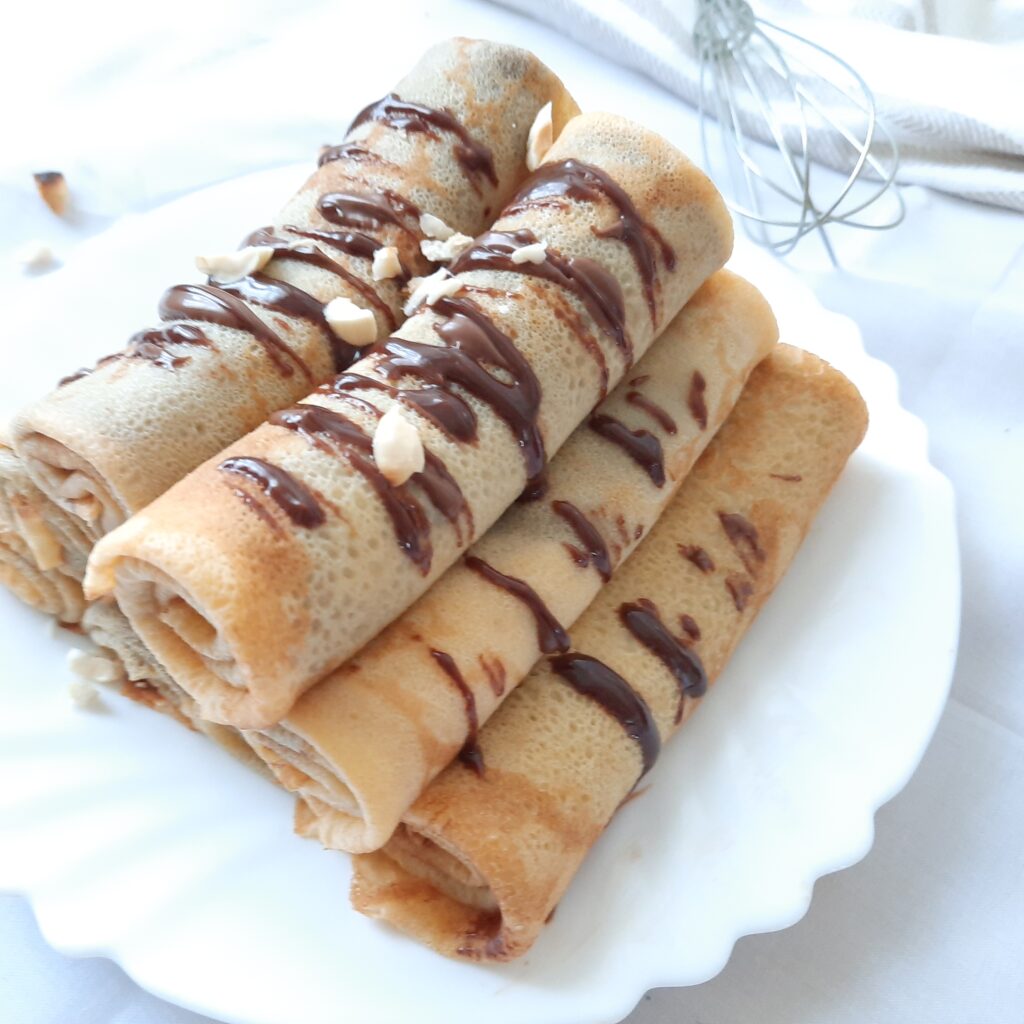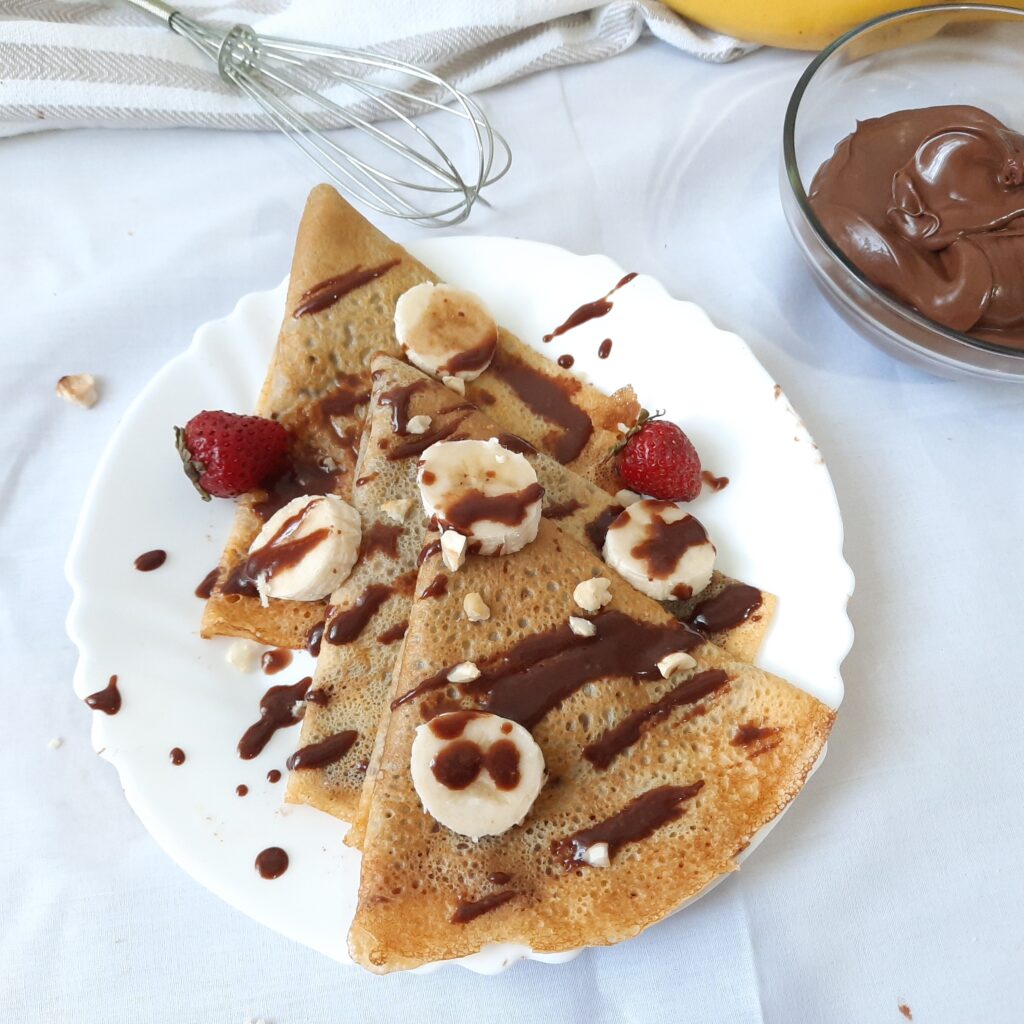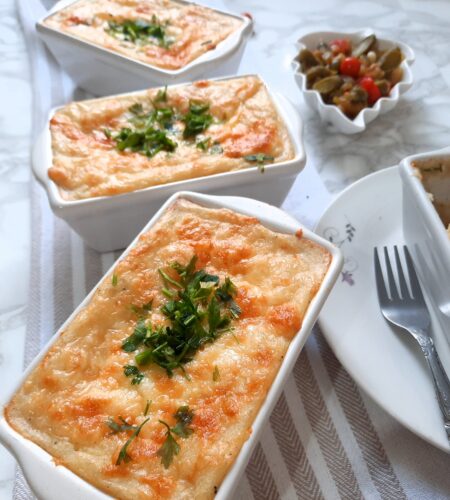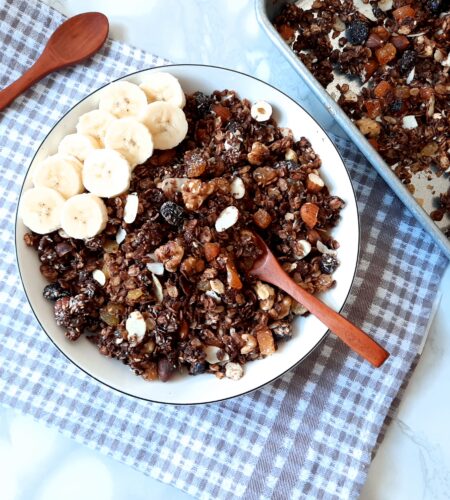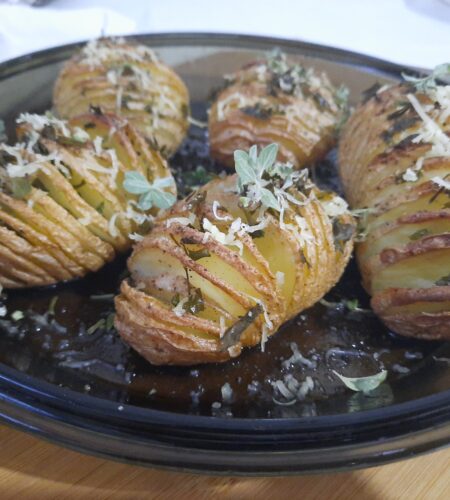A crêpe is a very thin pancake, often associated with Brittany, a region in the northwest of France. Light, melting and delicious, crepes are unanimous. Want thin pancakes that don’t stick and without hard edges? Follow our suggestions for a successful dough every time.
Origin and history
The origin of the crepes is traced back to 7000 BC. At that time, it was a fairly thick cake, made with water and various crushed cereals.
It was in the 13th century that the crepe first appeared, in Brittany, a region in northwest France. Buckwheat was brought back to France after the crusades in Asia and making it possible to make the thin layer and round shape of the crepe. That was the start of the Breton crepe!
The buckwheat pancake is to be distinguished from the sweet pancake, for which wheat flour, milk, eggs, and butter are used.
The next time you sauté pancakes in your frying pan or crepe maker, put a coin in your hand. Prosperity is assured, for the rest of the year … At least that’s what the elders said.
Tips and notes
Here are all the tips for successful crepes :
- You’ll obtain light pancakes by replacing a quarter of the flour with cornstarch such as Maïzena.
- You can flavor your pancakes with various flavors: orange blossom water, the zest of half a lemon or an orange, vanilla flavor, cinnamon, candied fruit, tea, cocoa powder, …
- So that your dough is not too elastic, it is important to let it rest for at least 30 min at room temperature.
- To avoid lumps, use lukewarm milk when making the recipe. This will allow the flour to dissolve better and decrease the resting time of the dough. Also, remember to sift the flour before incorporating it. If that’s not enough, remove the lumps by passing the pancake batter through a sieve or using an immersion blender.
- The perfect pancake batter is neither too thick nor too runny. To check its texture, dip the back of the ladle into the crepe batter. Then run your finger over it. If you manage to make a clean trace, the dough is successful.
- Cooking your batter into a lukewarm pan is the best way to mess up your pancakes. This is often why the first pancake ends up in the trash. Cook your pancakes over medium heat, adjusting the power of the plate to prevent your pancake from burning or being too pale.
- A small knob of butter or a few drops of vegetable oil added to the pancake pan between two cooking sessions gives the pancake batter a better color. Have a light hand! For example, you can help yourself with a paper towel soaked in oil to not overload the pan with fat.
Serving
You can enjoy good pancakes with gourmet accompaniments for an exquisite result: hazelnut spread, speculoos spread, apple compote, apricot jam, lemon curd, salted butter caramel, fruit pieces, (banana , red fruits, …), praline, chocolate chips, maple syrup, coconut, …
Variants
- Pancakes;
- Hirams Plattär;
- Crumpets;
- Baghrir;
- Chapati;
- Mahjouba;
- Pita;
- Naan;
- Tortilla;
- Blinis;
- Manouchi;
- Papadum;
- Jian Bing;
- Dosa;
- Dorayaki;
- Ebleskivers;
- Injera;
- Msemen;
- Okonomiyaki;
- Taloas;
- Dadar Gulung;
- Qatayef;
- …
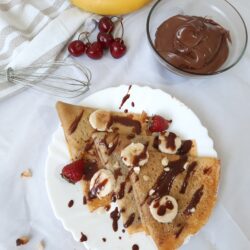
French Pancakes : Crêpes
Ingredients
- 250 g flour
- 3 eggs
- 500 ml milk
- 30 g sugar
- 50 g butter
- 1 pinch salt
- 1 tsp vanilla extract
Instructions
- Mix the dry ingredients: flour, sugar and salt.
- Make a well and pour in the eggs lightly beaten with the vanilla.
- Stir in the flour gently with a wooden spoon.
- Gradually add the milk and mix with a whisk.
- Let the batter rest 30 minutes.
- Cook on a hot pan: pour a ladle of batter and make a rotating movement to distribute the batter over the entire surface.
- Cook 2 min on one side, flip the crepe over and cook for another 1 min.
- Garnish and serve.
Step by step preparation
